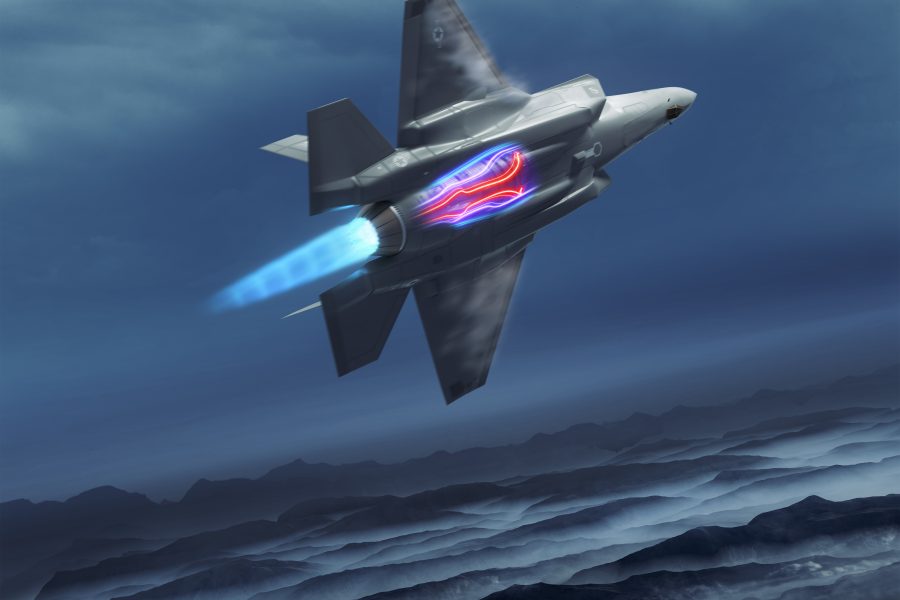GE Aerospace CEO H. Lawrence Culp is urging the Pentagon to press on with the Navy F/A-XX fighter program, arguing that it will further the development of adaptive engine technology—which faces delays in the Air Force’s latest budget.
“We stand ready to deliver encourage the Pentagon to move forward with this important program [F/A-XX] that Congress has already funded,” Culp said in a July 17 earnings call with financial reporters.
Adaptive technology provides more acceleration for fighter maneuvers, but also offers reduced fuel consumption in cruise or loiter modes.
GE first developed its XA100 adaptive cycle engine for the Air Force’s Adaptive Engine Transition Program, meant for the F-35 fighter, alongside rival Pratt & Whitney’s XA101. Both engines completed testing, but the Pentagon opted not to pursue either as an upgrade for the F-35, and the Air Force said it couldn’t afford to pursue it alone.
Instead, the Air Force has focused on its Next-Generation Adaptive Propulsion program, meant to power its Next-Generation Air Dominance Fighter, now called the F-47, and the Navy’s F/A-XX.
GE and Pratt have matching $3.5 billion contracts to develop NGAP, but both the engine program and the F/A-XX effort face headwinds.
Last week, the White House issued a statement saying there may not be enough engineering talent available in the industry to develop both F/A-XX and F-47 at the same time. What’s more, it claimed that pursuing the F/A-XX “is likely to delay the higher-priority F-47 program, with low likelihood” of getting the F/A-XX in a timely fashion. It didn’t say when the F/A-XX might be reconsidered.
The Navy included the F/A-XX in its annual Unfunded Priorities List sent to Congress, to the tune of $1.4 billion, describing the project as a “critical component” of the “air wing of the future.” And in the reconciliation package passed earlier this month, Congress included $750 million for the F/A-XX.
The Navy, Culp said, has “recognized its need for a sixth-generation fighter as the only platform capable of delivering the combination of range, stealth, advanced sensors, and standoff capabilities necessary to operate across mission sets in highly contested environments,” adding that GE stands “ready to deliver” on NGAP.
Yet NGAP also faces issues. In fiscal 2026 budget documents, the Air Force revealed that the competitive NGAP development effort, which was to have completed in late 2027, now won’t be ready to equip the F-47 until mid-2030. The service has cited “supply chain” issues for the delay, but both GE and Pratt have said they can deliver NGAP engines on the originally planned timeline.
Lockheed Martin CEO Jim Taiclet, in that company’s earnings call July 22, asserted that the F-47 may not be ready for five to 10 years, urging that a souped-up F-35 be used to “bridge” to the new fighter in the meantime. The Air Force chose Boeing over Lockheed to build the F-47.
Culp said GE is also participating in the Global Combat Air Program, a partnership between Italy, the U.K. and Japan to develop a sixth-generation fighter.
Through GE’s AvioAero unit, Culp said “we represent Italy as an equal propulsion partner with the U.K. and Japan,” which he described as “a next-gen indigenous European fighter.” That project is targeting 2035 as its service date, Culp said.
He also noted that GE is partnered with Kratos on “advancing propulsion technologies for affordable unmanned aerial systems by the end of the decade.” In the hypersonic arena, Culp said GE “has made “significant investments in our test infrastructure at select manufacturing sites, enabling us to conduct higher mission-relevant testing.”


